Imagine discovering a machine so advanced and mysterious that, even after more than two thousand years, modern scientists are left scratching their heads in awe. That’s exactly what happened at the bottom of the Aegean Sea, where the rusted remains of the Antikythera Mechanism were found in a shipwreck. This isn’t just an old relic—it’s a window into the minds of ancient engineers who dreamed far beyond their time. With its intricate gears and mind-boggling precision, the Antikythera Mechanism challenges everything we thought we knew about ancient technology. If you’ve ever wondered how close the ancient Greeks came to unlocking the secrets of the cosmos, get ready for a journey that’s as surprising as it is inspiring.
A Shipwreck Discovery That Changed History
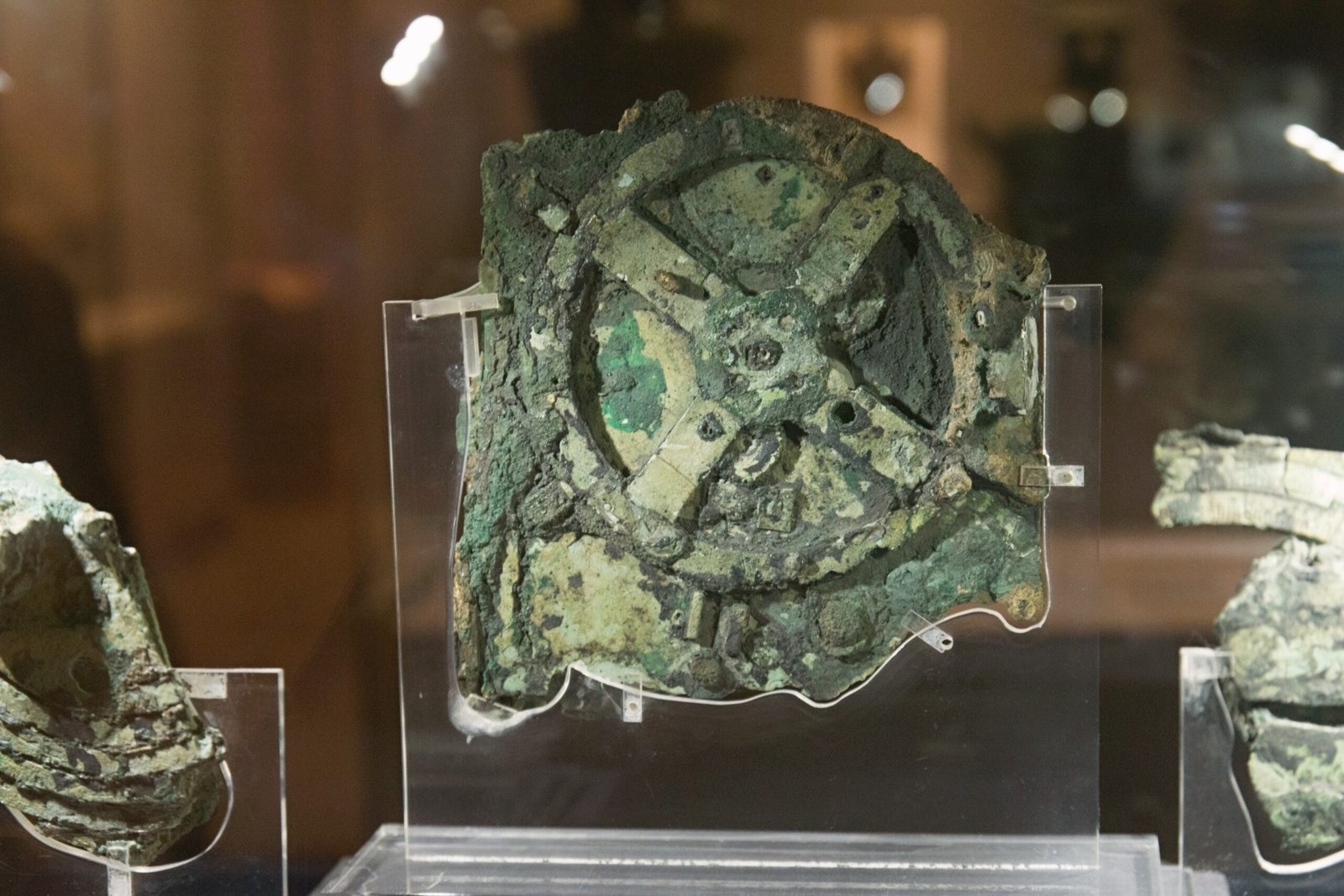
In 1901, sponge divers off the Greek island of Antikythera stumbled across more than just treasure—they found fragments of bronze and wood that would soon make headlines around the world. The shipwreck was like a time capsule, lost beneath the waves for nearly two millennia. Among statues, pottery, and coins, the divers recovered a corroded lump no bigger than a shoebox. At first, it looked like little more than scrap metal. But as archaeologists began carefully cleaning and examining the find, they realized it was something extraordinary—a complex mechanism, unlike anything else from the ancient world. This single discovery forever changed the way we view ancient Greek ingenuity and their capacity for innovation.
The Intricate Workings Revealed
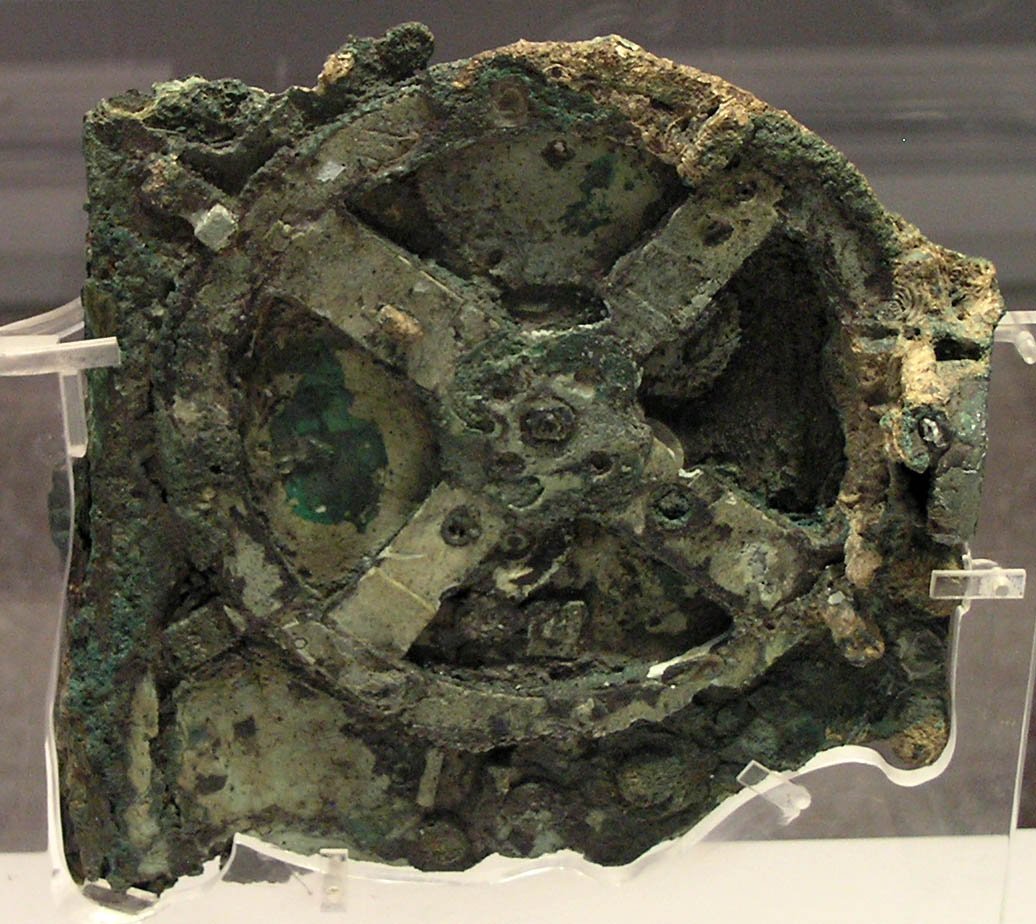
As researchers pieced together the fragments, they were astonished by what they saw. The Antikythera Mechanism contained over 30 interlocking gears, many with teeth so fine and precise they could easily be mistaken for the work of a modern watchmaker. When the gears turned, dials on the device would move, indicating the positions of the Sun, Moon, and possibly even the five planets known to the Greeks. Some dials tracked the Metonic cycle—an 18.6-year astronomical period crucial for lunar and solar calendars. The craftsmanship was so sophisticated, it’s hard to believe it came from a time when most people still measured time by sundials and hourglasses.
Decoding the Ancient Purpose
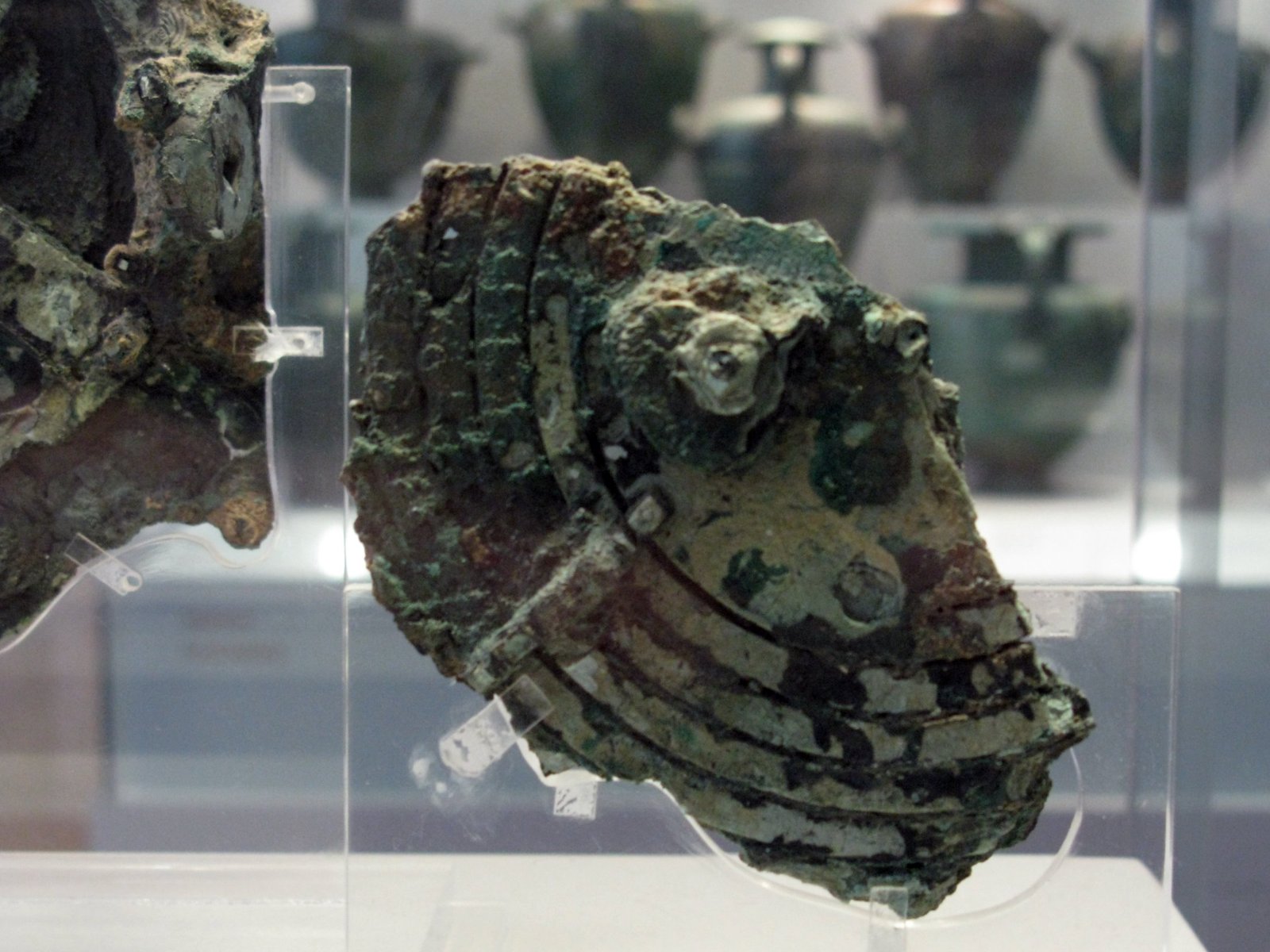
For decades, the true purpose of the Antikythera Mechanism remained a puzzle. Was it a clock, a navigation tool, or a toy for the rich? Today, most scholars agree it was an astronomical calculator—a device for predicting celestial events like eclipses, moon phases, and planetary motions. Imagine the awe ancient Greeks must have felt, turning a hand crank and watching the dance of the cosmos unfold before their eyes. The mechanism brought the heavens within reach, allowing its users to “see” into the future, plan important religious festivals, and even predict the timing of the Olympic Games.
Ancient Engineering Beyond Its Time
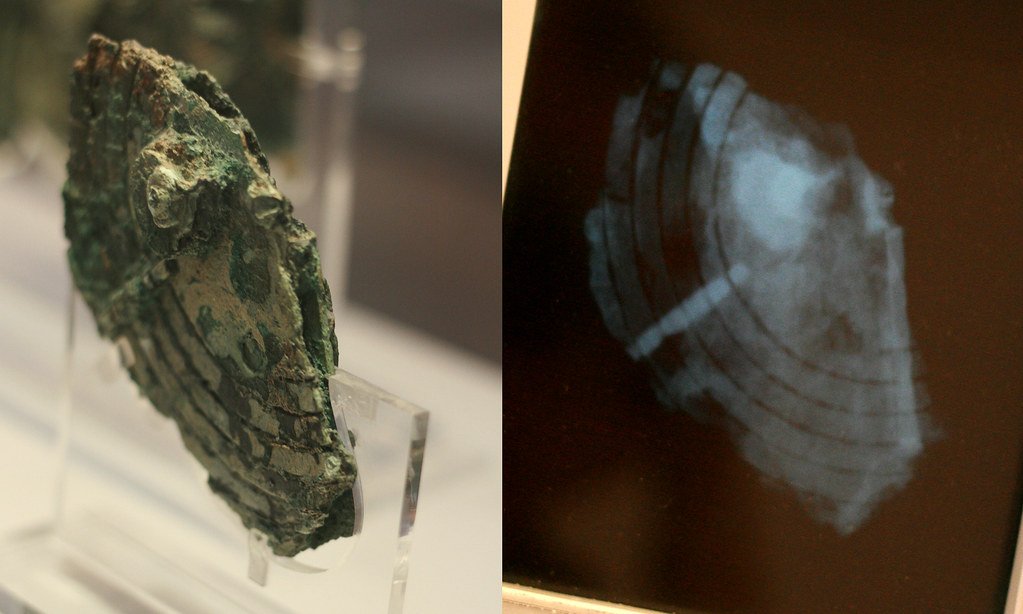
What’s truly shocking isn’t just the mechanism’s function, but the level of engineering skill it demanded. The Greeks had to master techniques for cutting tiny, precise gear teeth—a feat not matched in Europe until the 14th century. The gears were arranged in layers, with some moving forward and others backward, like the inner workings of an elaborate pocket watch. This level of miniaturization and complexity was unheard of in the ancient world. It’s enough to make you wonder what other marvels were dreamed up in Greek workshops, only to be lost to history.
Astronomy and Myth Intertwined
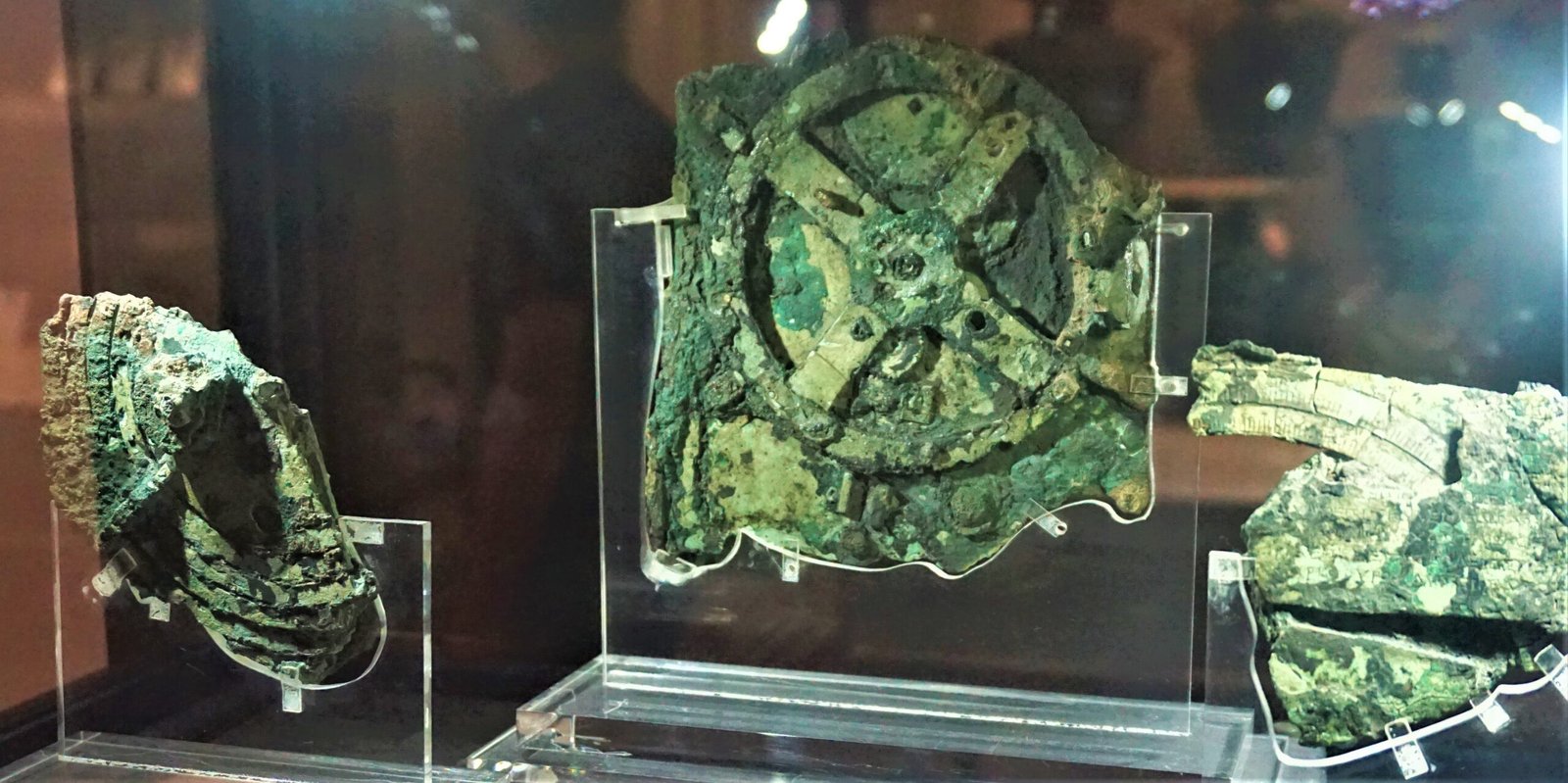
The Antikythera Mechanism wasn’t just about science. Its dials were inscribed with Greek zodiac signs and calendar months, reflecting the deep connection between astronomy and mythology in Greek culture. The Greeks saw the stars as the writing of the gods, and their myths were closely tied to the movements of the heavens. Using the mechanism, a priest or scholar could relate cosmic events to stories of gods and heroes—making sense of fate and time in a way that still feels magical today.
The Language of Ancient Science
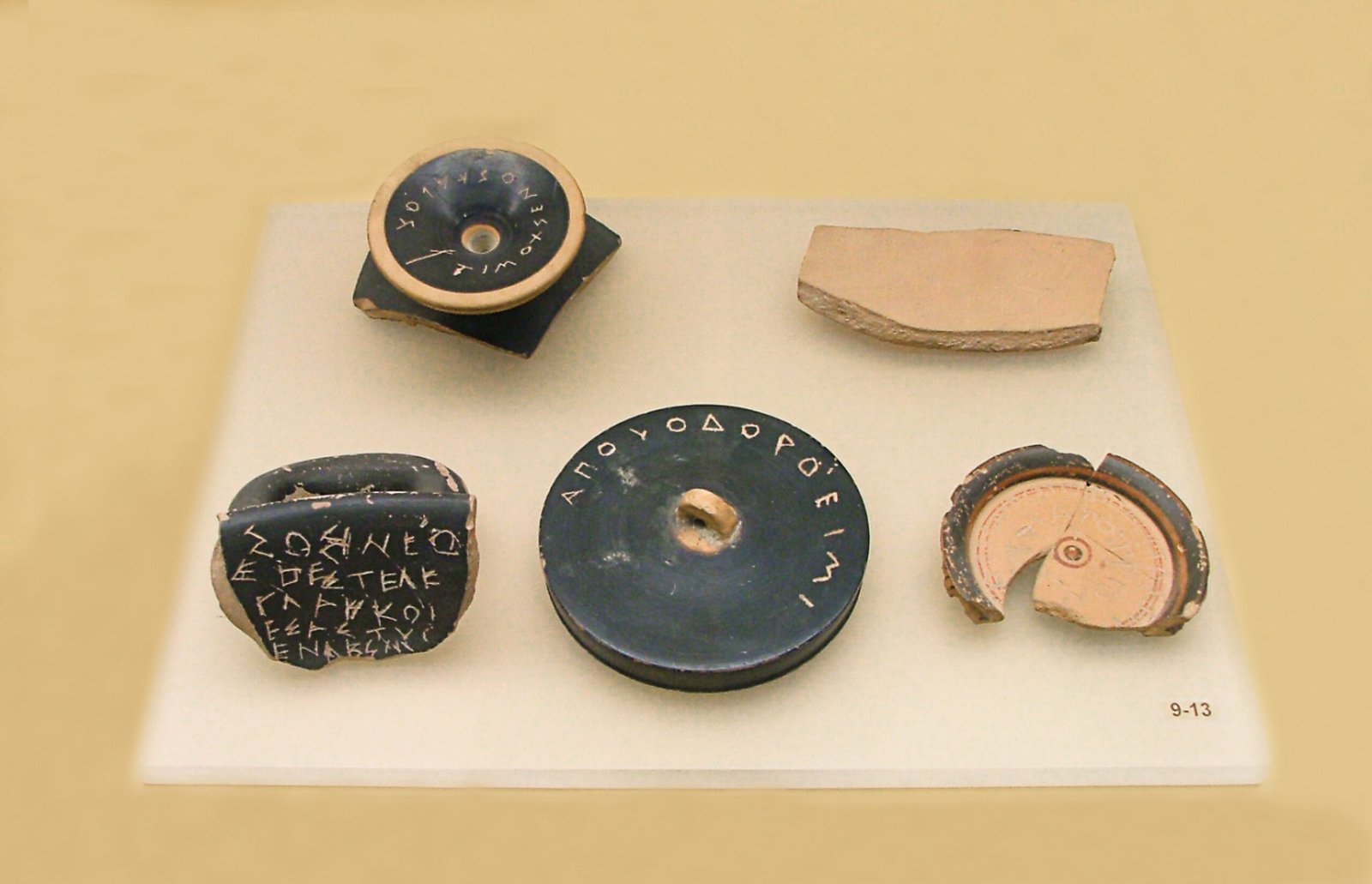
Scattered across the mechanism are tiny inscriptions—ancient Greek words etched into the bronze. These writings served as instructions, calendar data, and technical notes. Deciphering them has been a challenge, given centuries of corrosion and missing pieces. Yet these words are a rare glimpse into the minds of its creators, revealing both practical details and poetic flourishes. Some inscriptions even reference specific astronomical cycles, like the Saros and Callippic periods, showing just how deeply the Greeks understood the rhythms of the sky.
Clues from Modern Imaging Technology
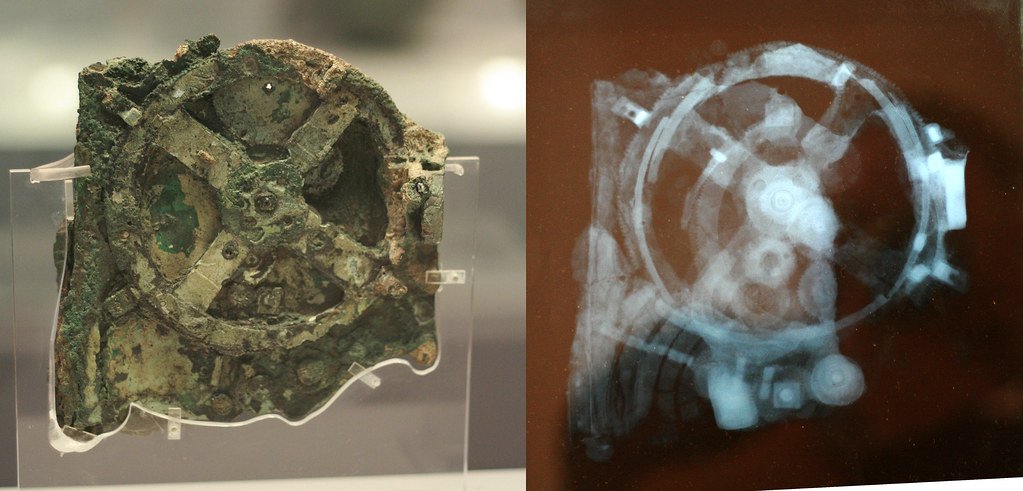
In recent years, scientists have turned to advanced imaging tools, such as X-ray tomography and 3D scanning, to peek inside the mechanism without damaging it. These scans revealed hidden gears, previously unreadable inscriptions, and the full extent of the device’s complexity. Like detectives dusting for fingerprints, researchers have reconstructed virtual models of the Antikythera Mechanism, allowing them to “turn” the gears and watch the device in action. Each new image brings us closer to understanding its secrets, yet every answer seems to raise new questions.
The Mystery of Its Maker
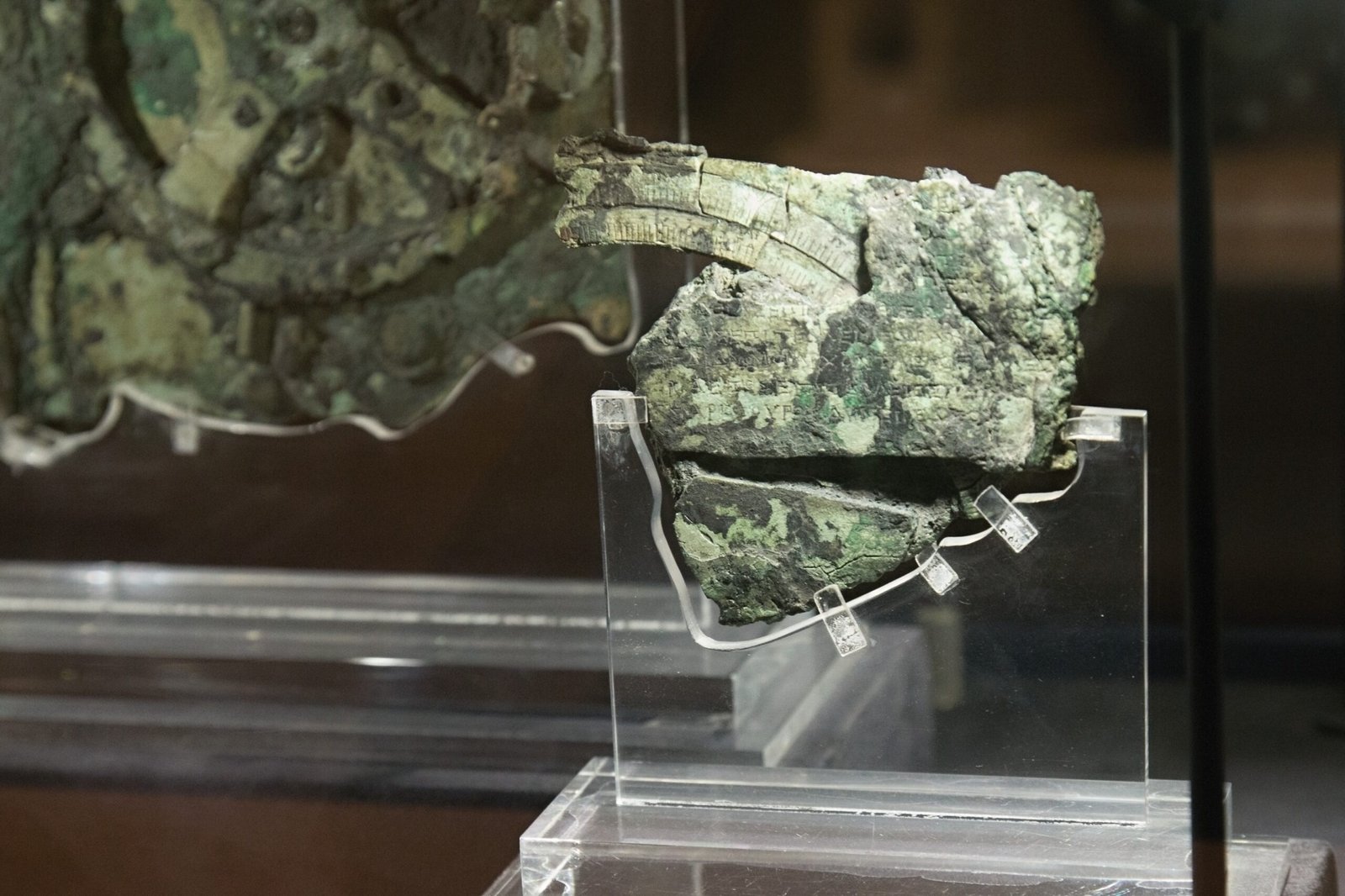
Who built the Antikythera Mechanism? Was it the work of a single genius or a team of skilled craftsmen? Some historians have pointed to legendary inventors like Archimedes or Hipparchus, but the truth remains elusive. The mathematical precision and astronomical knowledge required suggest a mastermind at work, perhaps in the bustling intellectual centers of Rhodes or Alexandria. The idea that such brilliance could exist, only to be forgotten for centuries, is as haunting as it is inspiring.
Lost Knowledge and a Vanished Age
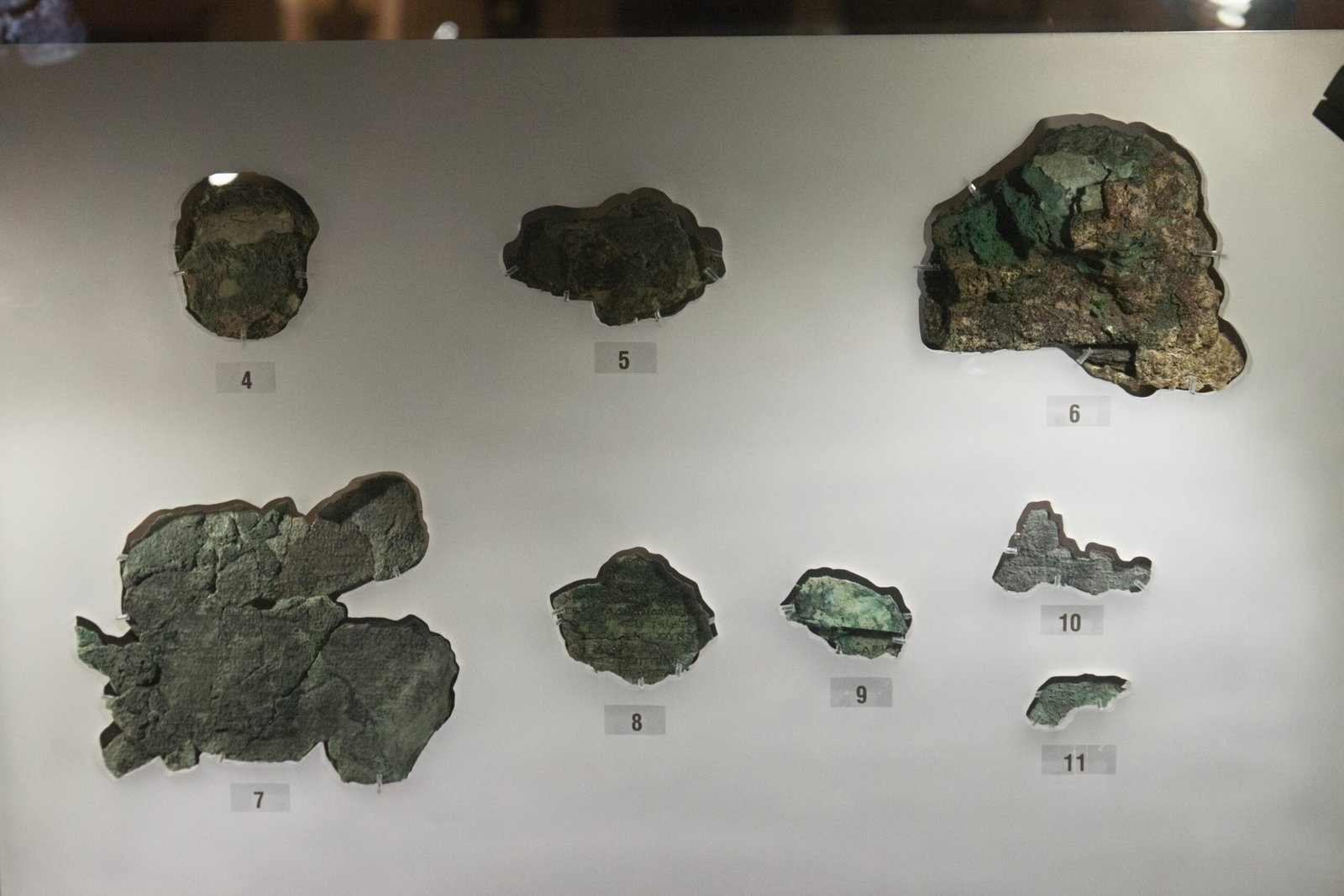
It’s hard to escape the feeling that the Antikythera Mechanism was just one piece of a much larger puzzle. The ancient world was full of libraries, workshops, and scholars whose ideas were lost to war, fire, and the slow decay of time. If such an advanced device could be built in ancient Greece, what else might have existed? Some believe the mechanism was part of a tradition of mechanical devices, now vanished. Its discovery is a bittersweet reminder of how easily knowledge can slip through our fingers.
The Role of Chance in History
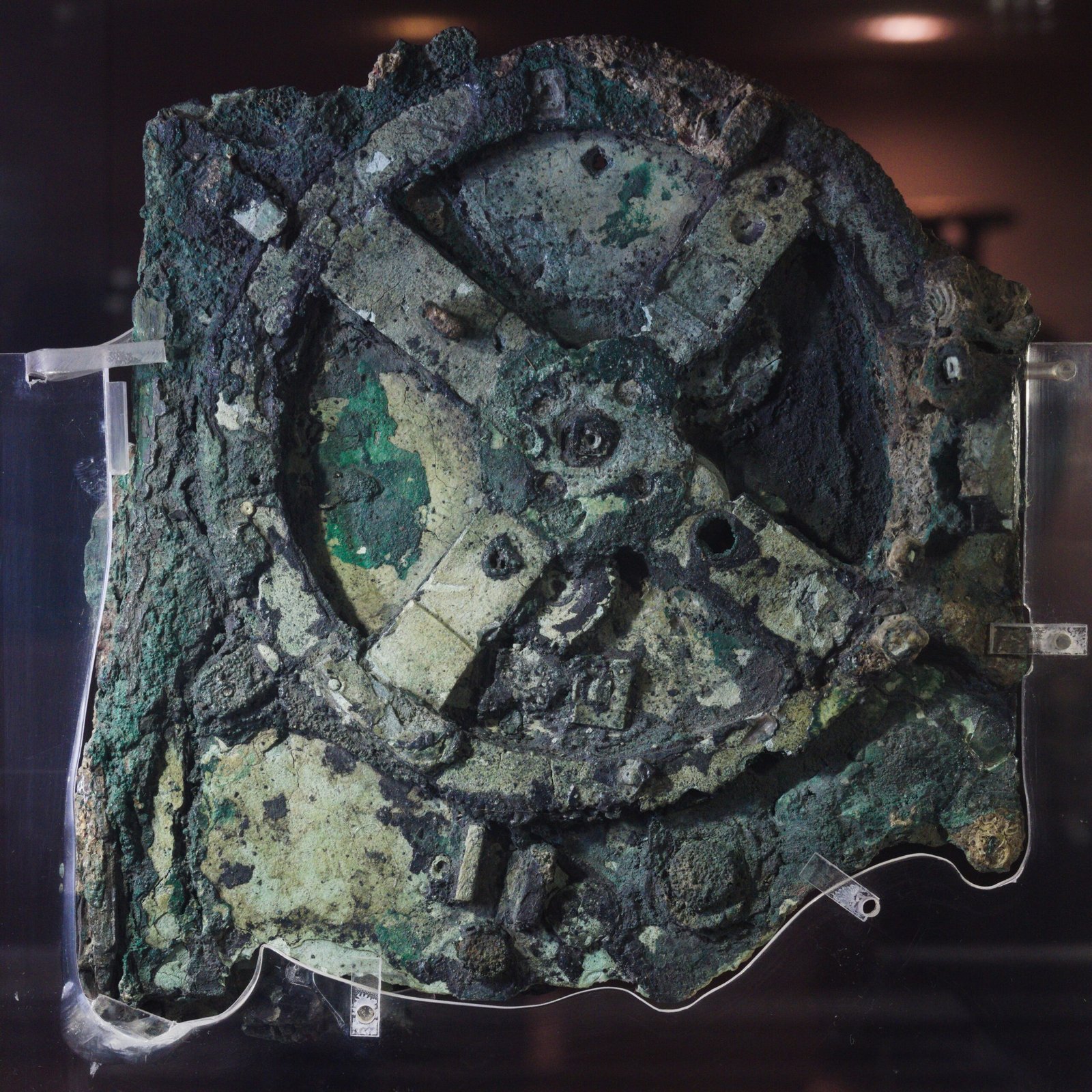
The Antikythera Mechanism’s survival is a matter of almost unbelievable luck. Had the ship not sunk, or had the divers missed the wreck, we might never have known such technology existed. This random twist of fate feels almost like something out of a Greek tragedy or myth, where destiny hinges on the smallest details. The lesson is both humbling and thrilling: history is full of secrets, waiting for the right moment—or the right person—to be uncovered.
Inspiring Modern Engineering and Imagination
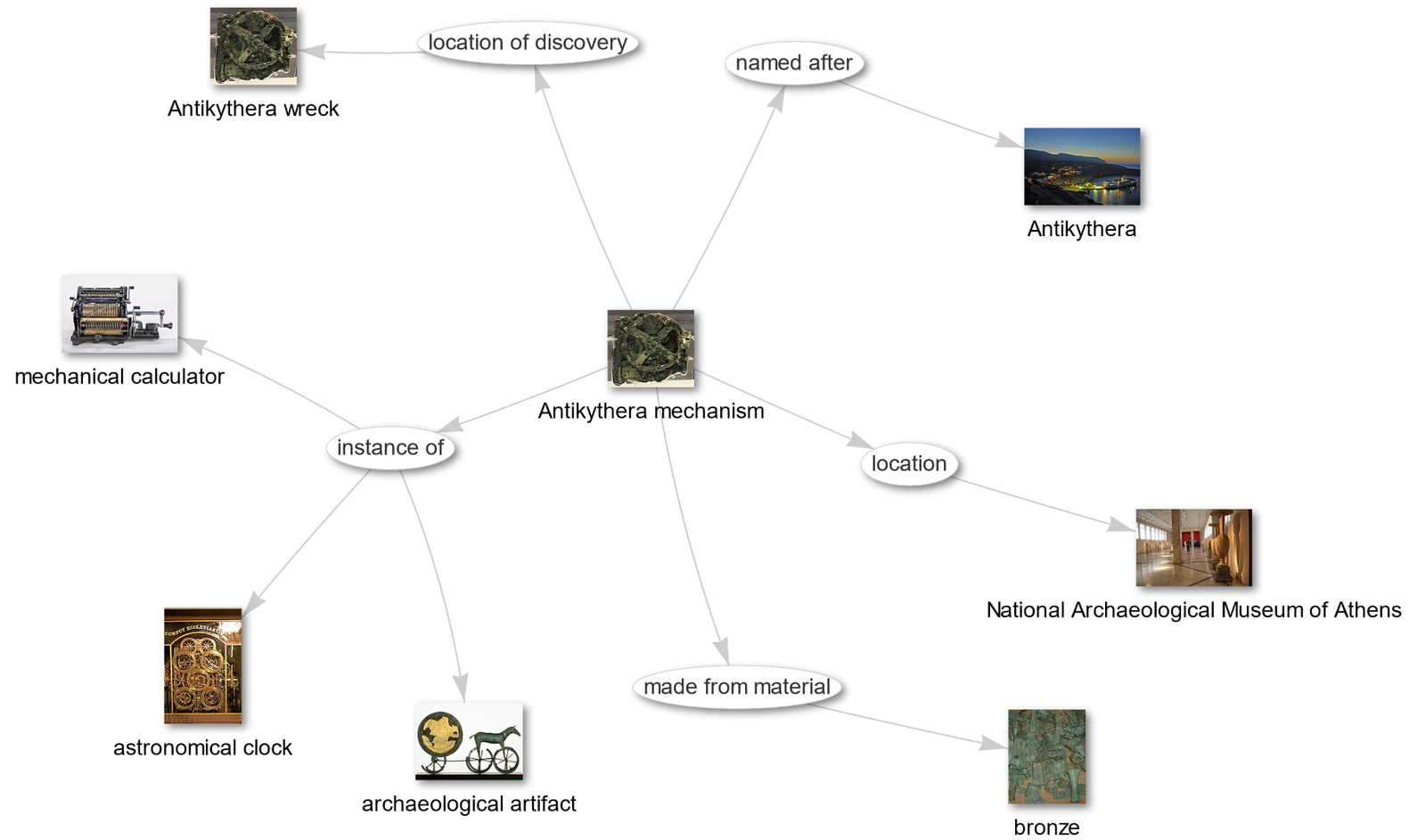
The story of the Antikythera Mechanism has become a touchstone for inventors, scientists, and dreamers everywhere. Modern watchmakers have studied its gears, marveling at techniques lost for centuries. Engineers and programmers see it as an ancestor of the computer, proof that the desire to model and predict the world is as old as civilization itself. For many, it’s a symbol of what’s possible when curiosity, creativity, and determination come together.
The Debate over Its True Capabilities
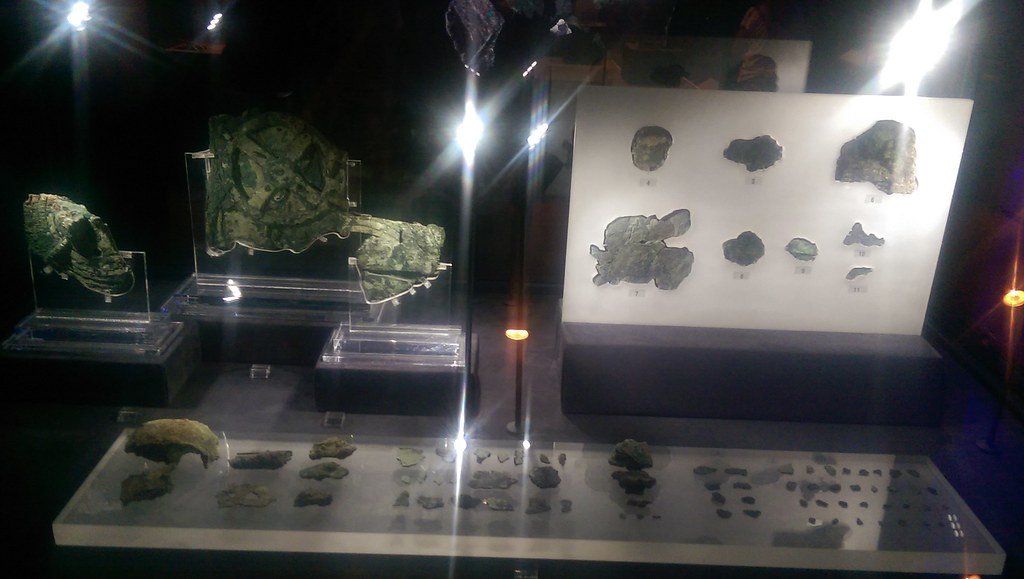
Despite decades of study, debate still rages over exactly what the mechanism could do. Some claim it was limited to predicting eclipses and planetary positions, while others believe it held even deeper secrets—perhaps even a mechanical calendar capable of adjusting for leap years. The debate isn’t just academic; it reflects our own hopes and dreams for what ancient technology might have achieved. Each new theory brings another layer of excitement and intrigue.
Reconstructing the Mechanism: A Modern Challenge
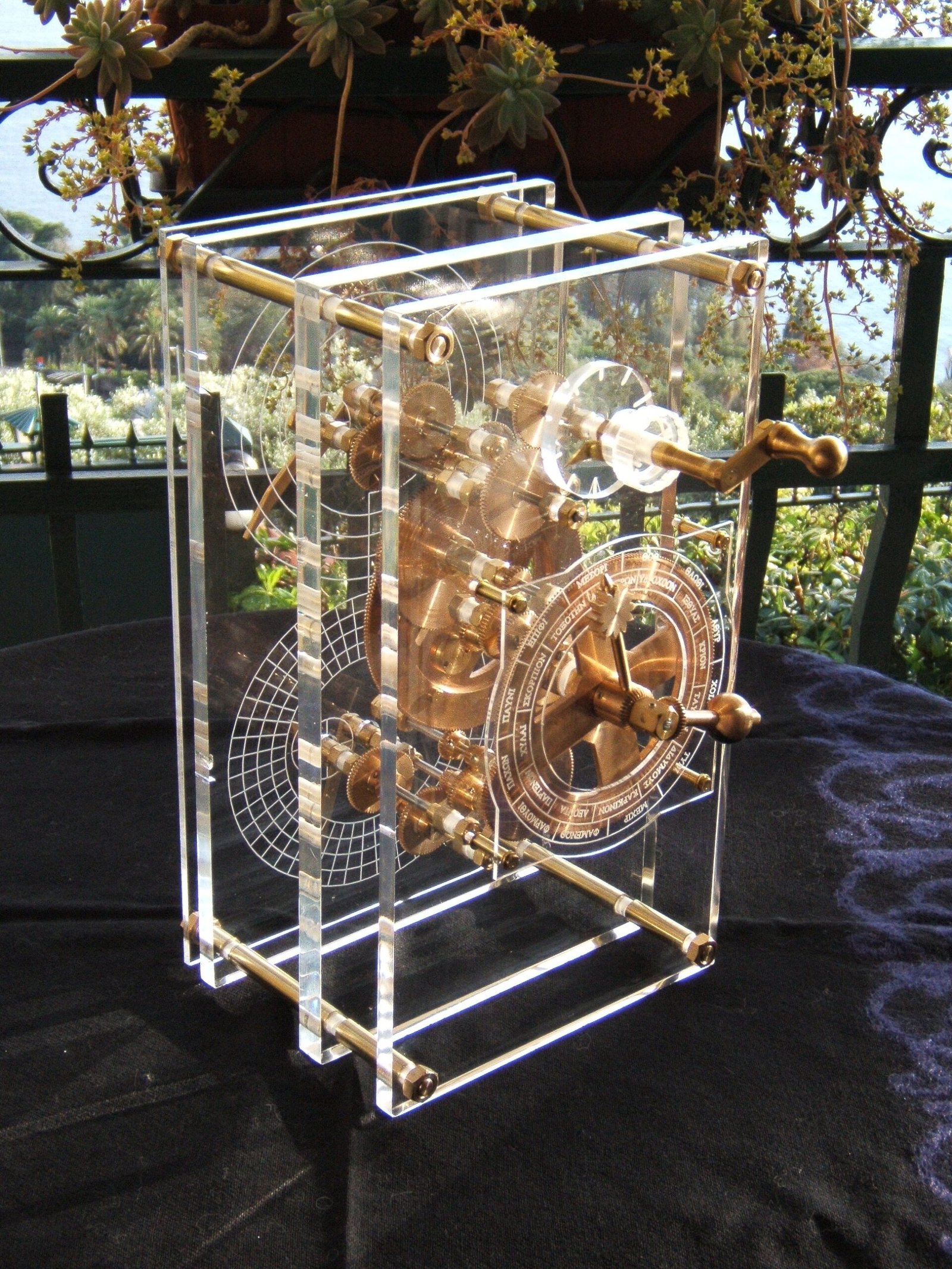
Building a working replica of the Antikythera Mechanism has become a rite of passage for historians and engineers alike. Using modern materials and ancient blueprints, teams have painstakingly recreated the device, gear by gear. The process is a mix of science, art, and detective work—requiring not just technical skill, but a deep understanding of ancient mathematics and astronomy. Each replica brings us closer to the mindset of its original creators, and offers a tangible link to the distant past.
Echoes in Popular Culture
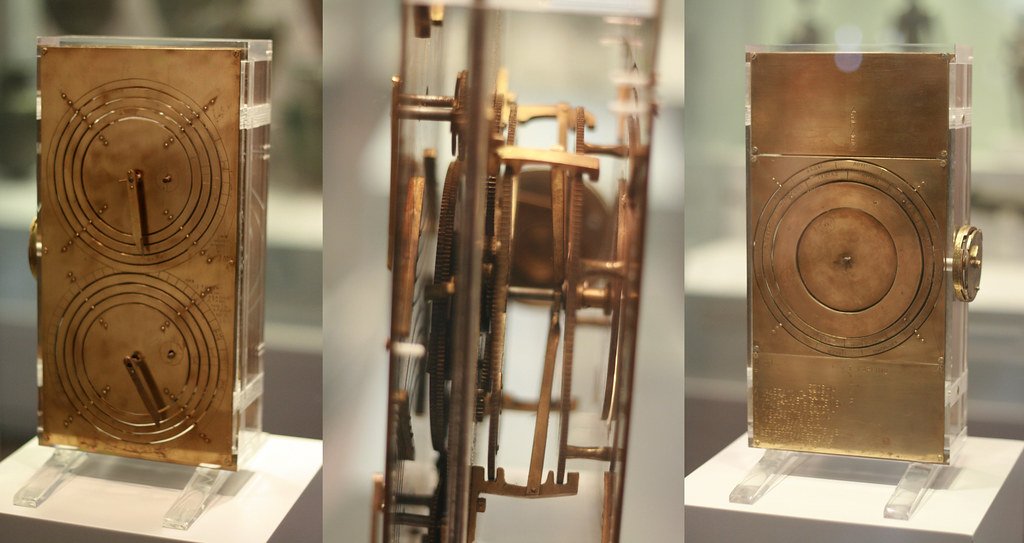
The Antikythera Mechanism has captured the imagination of storytellers, filmmakers, and artists. From documentaries to novels, its story is retold again and again, often with a sense of wonder and awe. It’s been called the world’s first computer, a time machine, and even a gift from the gods. Its image appears in museums, textbooks, and even video games, inspiring new generations to ask: what else is waiting to be found?
Scientific Lessons for the Modern World
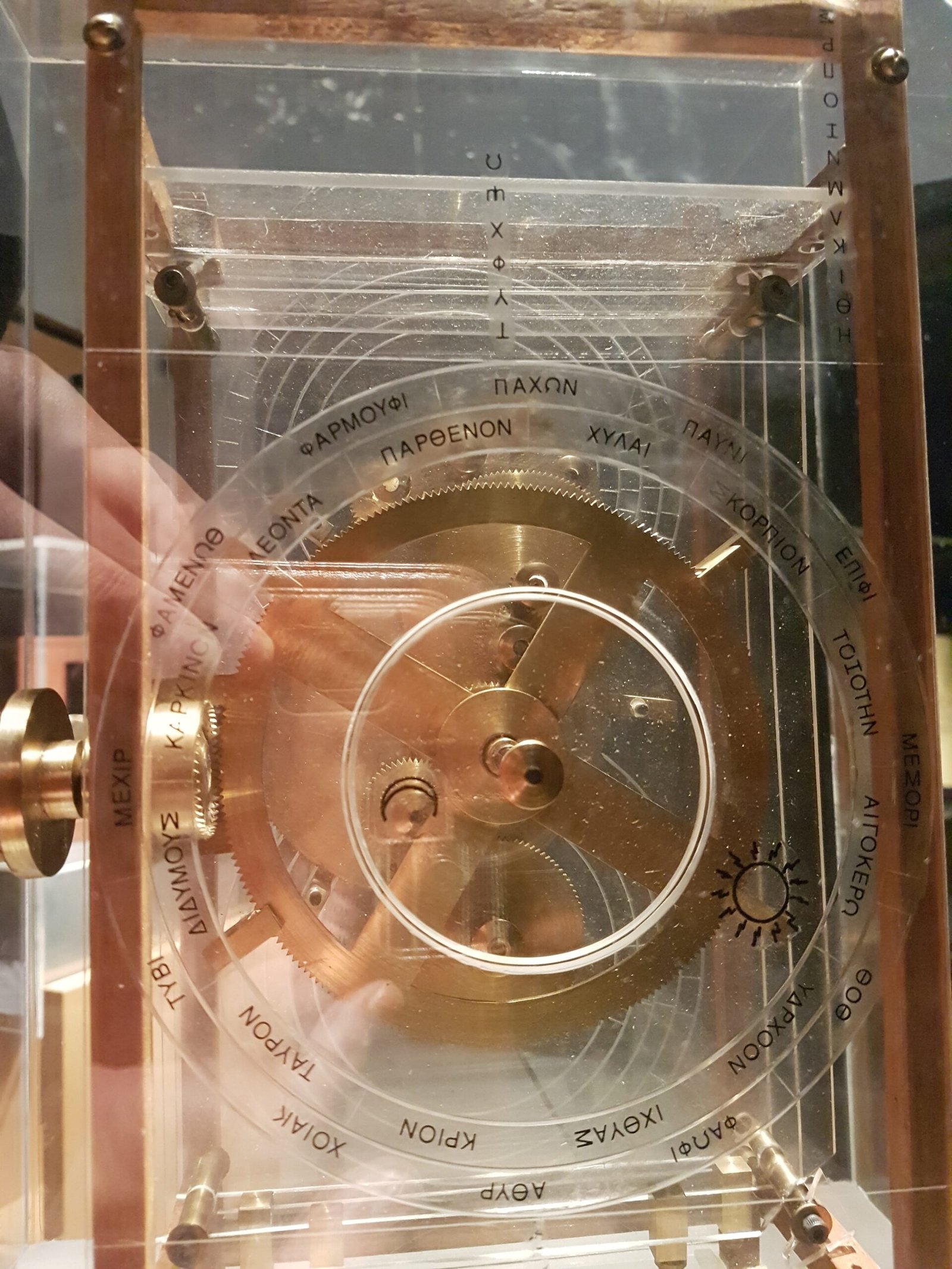
Beyond its mystery, the Antikythera Mechanism offers important lessons for science today. It reminds us that progress isn’t always linear, and that great leaps can happen in unexpected places. The Greeks combined observation, mathematics, and craftsmanship in ways that still surprise us. Their willingness to experiment, fail, and try again is a model for anyone facing a complex problem—whether building a machine or solving a riddle.
Women and the Antikythera Mechanism

While most of the names associated with the mechanism are male, some historians speculate that women may have played a role in its story. In many ancient Greek households, women managed calendars and religious festivals—tasks closely tied to astronomy. Though their contributions may have gone unrecorded, it’s moving to imagine mothers and daughters turning the gears, planning feasts, or teaching children about the stars. Their invisible hands remind us that history is often richer and more complicated than we realize.
The Hunt for More Mechanisms

The Antikythera Mechanism is unique, but researchers haven’t given up hope of finding similar devices. Underwater archaeologists continue to comb the Mediterranean, searching for lost ships and hidden treasures. Each dive is a gamble, but the promise of another mechanism—another glimpse into ancient genius—drives them on. The excitement surrounding possible new finds keeps the story alive and ensures that the quest for knowledge never truly ends.
The Enduring Enigma
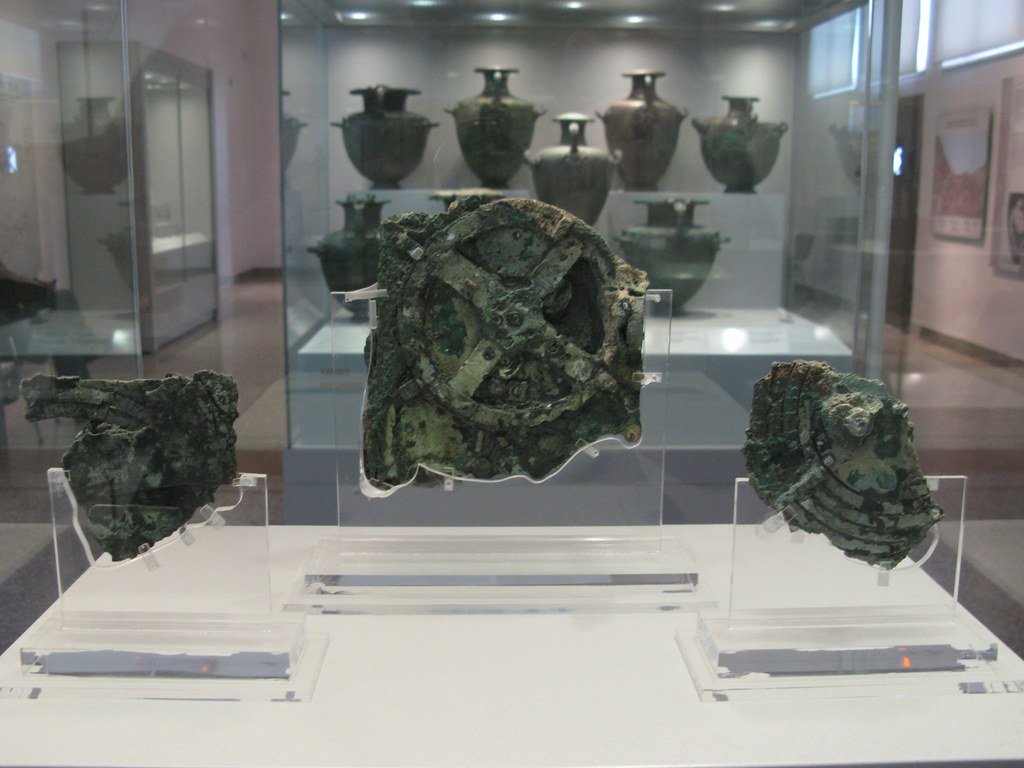
The Antikythera Mechanism remains, above all, an enigma—one that refuses to give up all its secrets. Every time we think we’ve unraveled its mysteries, new discoveries pull us deeper into the puzzle. Its very existence challenges our assumptions about what ancient people could achieve. The mechanism stands as a testament to human curiosity, reminding us that the urge to understand the universe is timeless and universal. What other marvels might be waiting, just out of sight, for us to discover?




